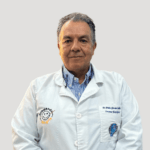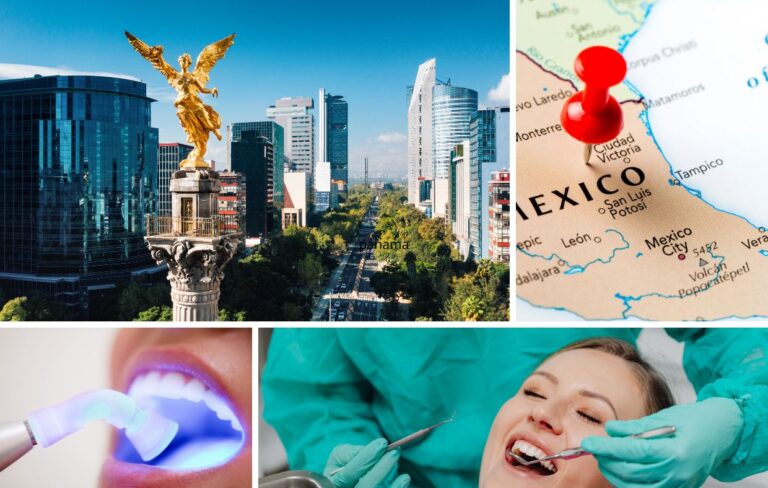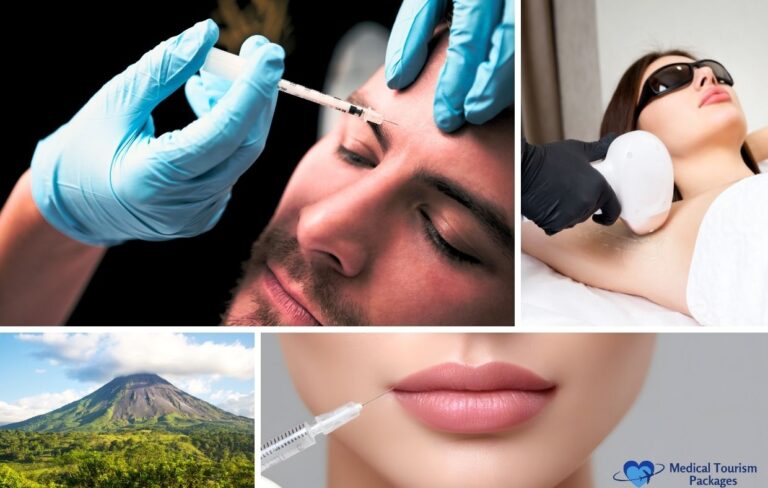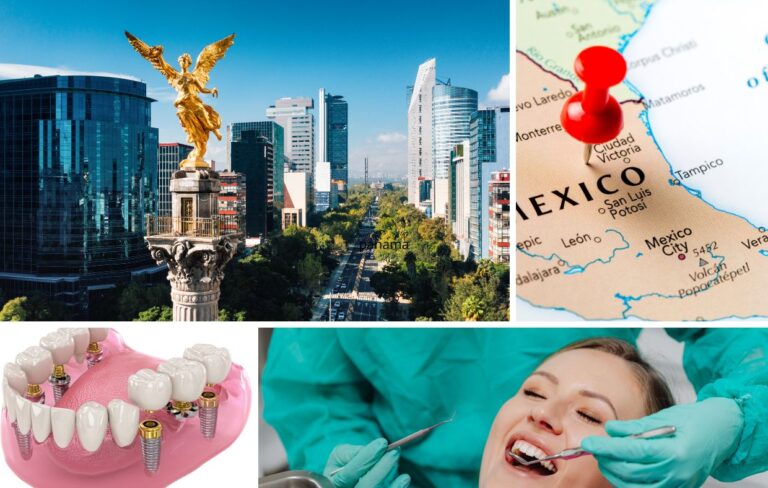Book Appointment Now
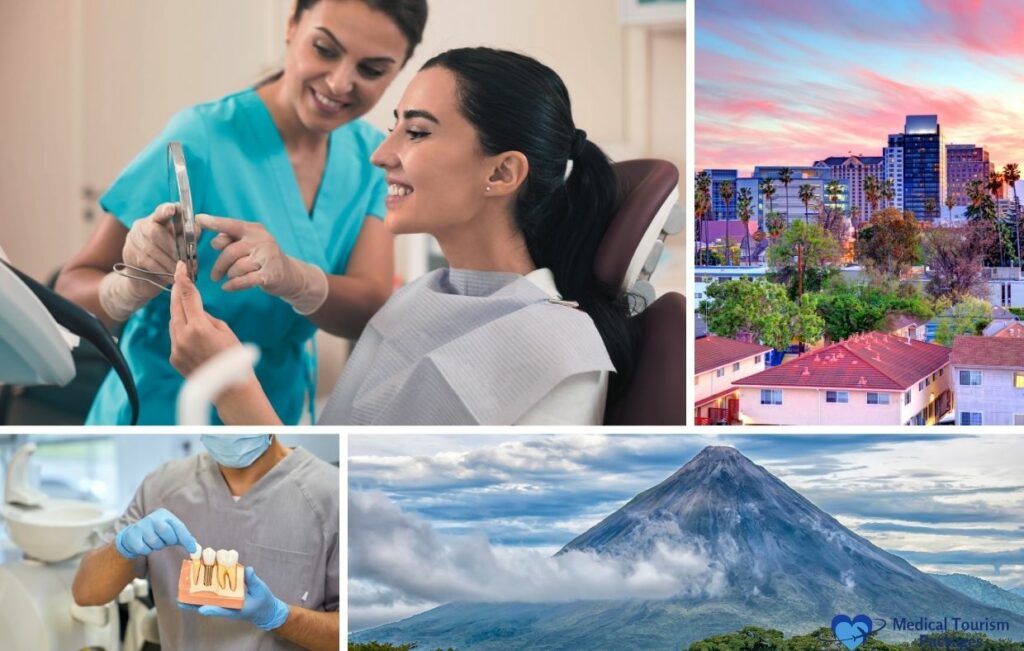
Dental Implants in Costa Rica: Your Complete Guide to Affordable, World-Class Treatment
The rising cost of dental care has pushed many North Americans and Europeans to seek treatment abroad. Costa Rica has emerged as the top choice for dental implants, offering the same quality treatment at a fraction of the cost. According to Dental Departures and Costa Rican clinic data, a single implant with crown costs just $710-$1,600 in Costa Rica versus $3,000-$6,000 in the United States. That’s savings of 50-80% without sacrificing quality. This isn’t about cutting corners—it’s about smart economics. Costa Rica’s lower operating costs, favorable exchange rates, and government support for medical tourism create an environment where world-class dental care remains affordable for international patients.
For patients facing high costs, insurance gaps, or long wait times at home, Costa Rica offers the perfect solution. You get necessary dental work done while enjoying a recovery vacation in one of the world’s most beautiful countries. It’s healthcare tourism at its finest.
What Exactly Is a Dental Implant?
Think of a dental implant as a replacement tooth that works just like the original. It’s actually a three-part system: First, there’s the implant post—a small titanium or zirconia screw that goes into your jawbone where the tooth root used to be. Next comes the abutment, which connects the implant to the final piece. Finally, you get the crown—the visible tooth part that’s custom-made to match your smile perfectly. Together, these parts create a replacement tooth that looks, feels, and functions just like your natural teeth. With proper care, they can last decades.
Types of Dental Implants Available
Most patients get endosteal implants—the standard type that goes directly into healthy jawbone. These work for single teeth, bridges, or full dentures, as long as you have enough bone to support them. If your jawbone is too thin, subperiosteal implants might be better. These sit on top of the bone under your gums, avoiding the need for bone grafts.
For severe bone loss in your upper jaw, zygomatic implants offer hope. Instead of your regular jawbone, these anchor into your cheekbone—much stronger and more reliable. According to Wikipedia research on zygomatic implant outcomes, they achieve 97-98% success rates even in tough cases.
The All-on-4 treatment is revolutionary for people missing most or all of their teeth. Just four implants support an entire arch of new teeth, often eliminating bone grafts and letting you eat the same day. Mini implants are perfect for stabilizing loose dentures or fitting into tight spaces where regular implants won’t fit.
Titanium vs. Zirconia: Which Is Right for You?
Titanium is the tried-and-true choice that’s been used successfully for decades. According to Healthline medical reviews, it has a 95%+ success rate over 10 years, and major manufacturers like Nobel Biocare, Straumann, and Zimmer Biomet have perfected the formula. Titanium fuses naturally with bone, making it incredibly strong and stable—perfect for back teeth that do heavy chewing.
Zirconia is the newer, metal-free option that’s gaining popularity, especially for front teeth. It’s bright white, so you don’t get that grayish shadow through thin gums that sometimes happens with titanium. It’s also great for people with metal sensitivities. While it doesn’t have decades of data like titanium, early results look promising for the right cases. Your dentist will help you choose based on where the implant goes, your aesthetic goals, and your individual needs.
The Step-by-Step Implant Process
Getting dental implants takes several months, but each step is straightforward. First, you’ll have a consultation where they examine your mouth and take 3D scans using advanced CBCT technology to map out exactly where your implants will go. If you need any prep work like extractions or bone grafts, that happens next—then you wait 3-12 months for everything to heal.
The actual implant surgery is simpler than most people expect. Under local anesthesia, the surgeon makes a small cut in your gum and places the titanium post into your jawbone. Then comes the waiting game—3-6 months for the bone to grow around and fuse with the implant. This process, called osseointegration, is what makes implants so strong and permanent.
Once everything’s healed, you’ll have a quick procedure to attach the abutment (the connector piece). Finally, they’ll take impressions and create your custom crown using CAD/CAM technology. The result? A new tooth that looks and works exactly like your original.
Success Rates and What to Expect
The good news? Dental implants work incredibly well. According to large-scale studies and systematic reviews, 9 out of 10 implants are still working perfectly after 10 years. Many last 20+ years or even a lifetime with good care. One amazing 40-year study published in dental research found that 95.6% of implants were still going strong after four decades.
Here’s the reality about complications: According to a PMC study of 150 cases, about 15% of patients experience some infection, 12% develop gum inflammation around the implant, 8% have implant failure, and less than 3% experience nerve problems. Most of these issues are manageable when caught early, and serious problems are rare with experienced dentists using modern techniques.
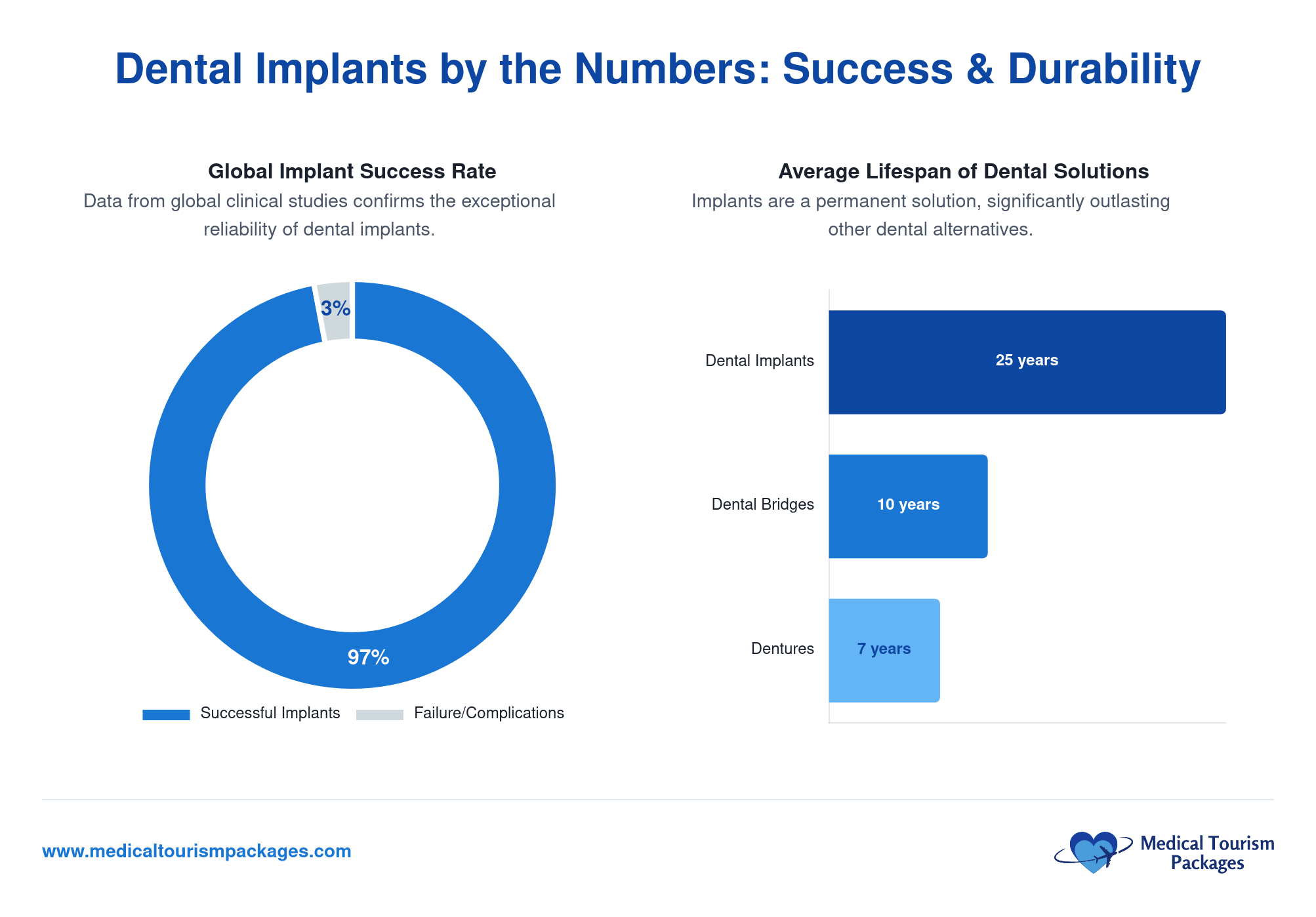
Dramatic Cost Savings: Why Costa Rica Stands Out
Costa Rica’s cost advantages are substantial and verifiable:
| Procedure | Costa Rica | USA | Canada | UK | Savings |
|---|---|---|---|---|---|
| Single Implant + Crown | $710-$1,600 | $3,000-$6,000 | $2,200-$4,600 | $2,500-$3,800 | 50-80% |
| All-on-4 (per arch) | $8,500-$11,000 | $24,000-$30,000 | $22,000-$35,000 | $19,000-$31,500 | 60-70% |
| Bone Graft | $250-$750 | $1,500-$2,000 | Similar to USA | Similar to USA | ~70% |
| Sinus Lift | $1,500 | $4,000 | Similar to USA | Similar to USA | ~62% |
Even factoring in travel costs, patients typically save $10,000-$20,000 on major treatments while enjoying a vacation in paradise.
World-Class Quality You Can Trust
Costa Rica doesn’t just offer cheap dental care—it offers excellent dental care at lower prices. The country’s Ministry of Health sets strict standards for all dental facilities, while every dentist must be licensed through the College of Dental Surgeons. That’s your baseline guarantee of quality.
But the best clinics go further. Many voluntarily earn accreditation from the same U.S. organizations that certify American hospitals—like Joint Commission International (JCI) and the Accreditation Association for Ambulatory Health Care (AAAHC). When you see these credentials, you know the clinic meets American safety standards.
The technology is impressive too. Top clinics have the same advanced equipment you’d find in Beverly Hills—3D CBCT scanners for precise planning, CAD/CAM systems for same-day crowns, computer-guided surgery, and state-of-the-art sterilization. It’s not about cutting-edge gadgets; it’s about precision and safety.
Exceptional Dentists Who Understand International Patients
Costa Rican dentists aren’t just well-trained—many are better trained than what you’d find in small towns back home. They complete 5-6 year dental programs, and the best ones pursue additional training in the U.S. or Europe. Many hold memberships in prestigious organizations like the American Dental Association (ADA), American Academy of Implant Dentistry (AAID), and International Congress of Oral Implantologists (ICOI).
Here’s what really sets them apart: these dental tourism specialists do more complex cases in a month than many hometown dentists do in a year. They’re constantly perfecting their skills on full-mouth reconstructions and advanced implant procedures. Plus, they use the same premium implant brands (Nobel Biocare, Straumann, Zimmer Biomet) that top dentists use worldwide. Many clinics have specialized teams with periodontists, oral surgeons, and prosthodontists working together—something you might not find even in larger cities back home.
Proven Patient Satisfaction
Data consistently shows outstanding outcomes:
- According to comparative medical tourism studies, 95% patient satisfaction rate for Costa Rica treatments
- According to University of Costa Rica dental school research published in Scielo, 98.5% patient satisfaction among dental patients
- Hundreds of 5-star reviews on platforms like Google and TrustPilot
- Global Clinic Ratings ranks several Costa Rican clinics #1 internationally for patient satisfaction and overall experience
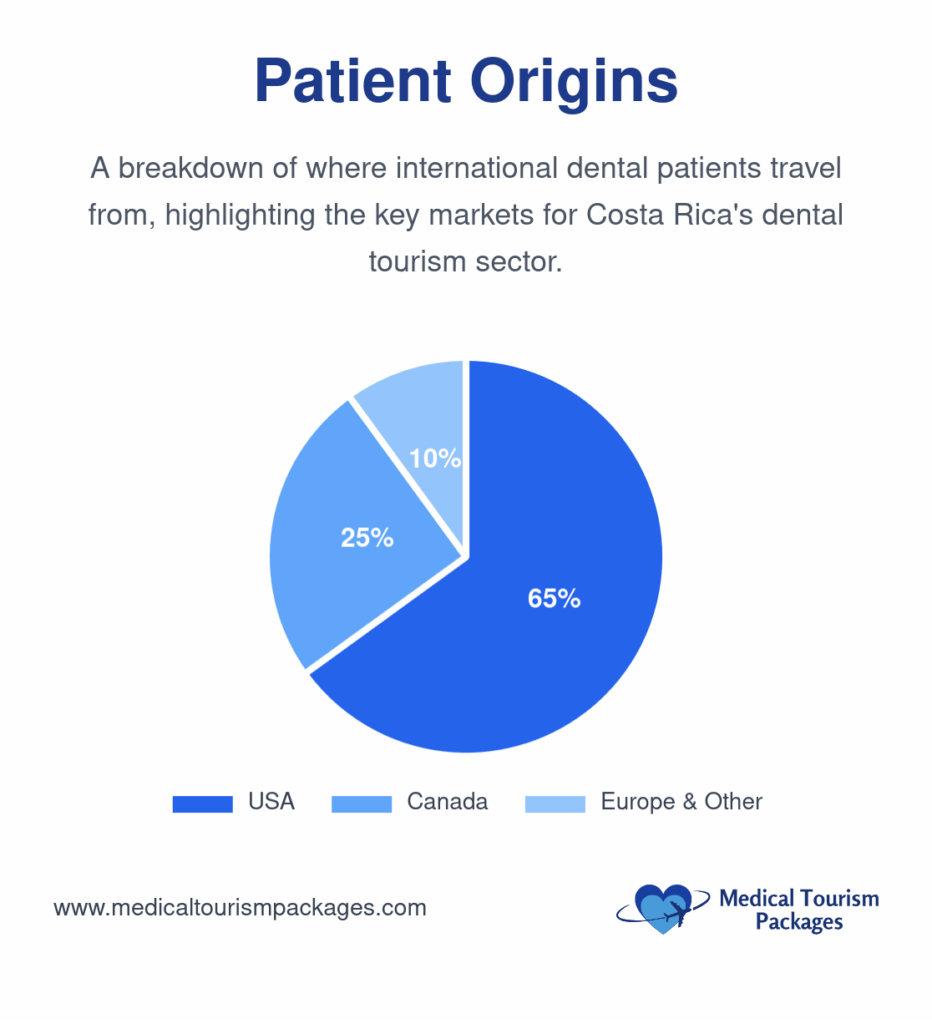
Planning Your Journey: Entry Requirements and Travel
Getting to Costa Rica is refreshingly simple. According to Visit Costa Rica tourism data, Americans, Canadians, and Europeans don’t need visas—just show up with a valid passport and return ticket. You get up to 180 days, which is plenty of time for any dental treatment. No shots required, no paperwork hassles, no stress.
Flight Options and Costs
Juan Santamaría International Airport (SJO) near San José serves most dental tourists with excellent connectivity to major North American and European cities. Flight times are remarkably convenient: 2.5-3 hours from Miami or Houston, approximately 5 hours from New York, 6-7 hours from Los Angeles, and 11 hours direct from London. This accessibility makes Costa Rica one of the most reachable international dental destinations for patients from these regions.
According to KAYAK travel data, average round-trip costs typically range $300-$600 from major U.S. cities, with seasonal variation affecting pricing. European flights average $700-$1,000+ but deals are frequently available, especially with connecting flights through major hubs. Many patients find that booking mid-week flights or traveling during shoulder seasons can significantly reduce costs, while frequent flyer miles and points can further offset travel expenses for this medical journey.
Recommended Stay Duration and Recovery Planning
Here’s the typical timeline: For standard implants, you’ll make two trips. The first is 5-7 days for surgery and initial recovery. Then you go home for 3-6 months while your bone heals and fuses with the implant. Your second trip is 7-10 days for the final crown fitting.
If you’re getting All-on-4 (full arch replacement), you might be able to do everything in one 9-14 day trip. You’ll get temporary teeth right away, then final ones before you leave. The exact timeline depends on how many implants you need and whether you need any bone work first. Many patients love this approach because they can recover at home between visits while staying in their normal routine.
Accommodation and Transportation
Hotels range from budget options starting at $60/night to luxury properties at $200+/night according to Booking.com data. Many clinics offer partnership rates at nearby hotels, with Goodness Dental reporting partner hotel rates ranging $137-$207 per night. Recovery houses provide specialized facilities with medical supervision, meals, and transportation for approximately $10,000-$15,000 monthly—ideal for extensive treatments requiring extended stays.
Transportation options include airport transfers ranging $50-$110 for private service or approximately $25-$30 for official taxi according to Costa Rica transportation guides. Uber operates throughout the San José area providing convenient and often more affordable alternatives. Most clinics provide or arrange transportation to appointments, eliminating logistical concerns for international patients during their treatment period.
Recovery-Friendly Activities
Costa Rica’s natural beauty enhances healing:
Low-Impact Options: Coffee plantation tours, botanical gardens, hot springs (after healing), wildlife watching, cultural museums
Beach Recovery: Many patients combine treatment with relaxation at Pacific coast beaches like Tamarindo or Manuel Antonio
Important Restrictions: Avoid strenuous activities, excessive sun, and adventure sports until cleared by your dentist, typically 1-2 weeks post-surgery.
Post-Treatment Care: The Critical First 72 Hours and Beyond
The first few days after surgery are the most important for healing. You’ll have some swelling (worst on days 2-3) and mild discomfort, but nothing you can’t handle with the medications they’ll give you. Ice packs help with swelling—20 minutes on, 20 minutes off for the first day or two.
Your diet will be pretty limited at first. Stick to liquids and very soft foods for the first day, then gradually add soft foods like scrambled eggs, soup, and mashed potatoes. Avoid anything hard, crunchy, or spicy for 1-2 weeks. Skip the straws for a couple days—the suction can mess with the healing.
Keep your mouth clean but be gentle around the surgery site. No vigorous rinsing or spitting for 24 hours, then start with gentle salt water rinses. You can brush your other teeth normally, just avoid the implant area until your dentist says it’s okay.
Lifelong Maintenance for Maximum Longevity
Daily Care: Brush twice daily with soft-bristled brush, floss carefully around implants, consider water flossers for hard-to-reach areas.
Professional Care: Biannual cleanings minimum, with specialized implant-safe instruments. Some patients benefit from more frequent cleanings initially.
Monitoring: Regular X-rays to monitor bone levels, bite adjustments as needed, and prompt attention to any signs of peri-implantitis.
Managing Care from Abroad
Telemedicine Support: Advanced clinics offer video consultations for post-op questions and complication assessment.
Local Dentist Coordination: Establish relationship with home dentist for routine care. Costa Rican clinics provide complete treatment records for seamless handoff.
Emergency Protocols: Clear procedures for complications, with clinics available 24/7 for urgent questions and coordinated care plans.
Warranty Protection and Guarantees
Leading Costa Rican clinics offer robust warranties:
- Lifetime guarantees on titanium implant fixtures
- 1-5 year warranties on crowns and prosthetics
- Return policies for warranty work (patient typically covers travel)
- Remote support for minor issues that can be handled locally
Complete Cost Breakdown: Detailed Procedure Pricing
According to Reddit patient experiences and clinic pricing data, core implant costs include an implant post from leading manufacturers like Nobel Biocare, Straumann, or Zimmer Biomet averaging $720, an abutment at $220, and a crown ranging $450-$550, totaling $1,390-$1,590 per tooth. Additional procedures include simple extractions at $50-$100 (often complimentary with implant placement), bone grafting material from $250-$750, maxillary sinus lifts at $1,500 versus $4,000 in the U.S., and surgical guides with 3D imaging usually included in the package price. Local anesthesia is included in procedure costs, though premium sedation options may incur additional fees around $500.
What’s Typically Included
Most quotes encompass:
- Initial consultation and 3D imaging with CBCT technology
- All surgical fees including local anesthesia
- Standard post-operative medications
- Follow-up visits during stay
- Laboratory fees for crowns/bridges using CAD/CAM technology
- Temporary prosthetics where applicable
- Digital radiography and computerized imaging
Hidden Costs to Consider
Travel Expenses:
- Flights: $300-$800+ depending on origin
- Accommodation: $60-$200+ per night
- Meals: $15-$30+ per day
- Local transportation: ~$100 total
- Travel insurance: $50-$200
Potential Extras:
- Premium sedation: ~$500
- Rush lab work: Varies
- Extended stays for complications: Daily rates apply
Payment Methods and Financing
Accepted Payments: Most clinics accept major credit cards, wire transfers, cash (USD or colones). Some offer 5% cash discounts.
Financing Options: Limited compared to domestic options. Some clinics allow payment splitting between visits. Consider using HSA/FSA funds if available.
Insurance Reality: Most U.S./Canadian dental insurance won’t cover foreign treatment, though some may reimburse portions. Always verify before travel.
Choosing the Right Clinic: Essential Evaluation Criteria
Credentials to verify include CCDCR licensing through the searchable online database, international training or residencies, and professional memberships in organizations like AAID, ICOI, and the American Academy of Cosmetic Dentistry. Board certification in oral surgery, periodontics, or prosthodontics adds another layer of expertise, while specialization certificates in implantology demonstrate focused training. Years of experience with complex cases and volume of procedures performed annually provide insight into practical expertise and refined skills.
Facility standards should include international accreditation from JCI or AAAHC, modern diagnostic equipment with 3D CBCT capability, on-site or affiliated laboratories for rapid turnaround, comprehensive sterilization protocols meeting international standards, and emergency preparedness procedures. The presence of these elements indicates a commitment to patient safety and quality outcomes that matches or exceeds standards in developed countries.
Technology and Capabilities
Must-Have Equipment:
- 3D cone beam CT scanners for precise implant planning
- Digital impression systems replacing traditional molds
- CAD/CAM crown fabrication for same-day restorations
- Surgical guides and computerized imaging for enhanced precision
- Modern sterilization systems meeting international standards
Advanced Options:
- Same-day crown capabilities
- Immediate loading protocols
- Zygomatic implant expertise
- Full-arch rehabilitation experience
Communication and Support
Language Requirements: Ensure fluent English communication for complex treatment discussions.
Patient Coordinator: Dedicated international patient support for logistics, scheduling, and follow-up.
Transparency: Clear, itemized quotes with no hidden fees. Upfront discussion of potential complications and additional costs.
Red Flags to Avoid
Pricing Concerns:
- Prices significantly below market averages
- Pressure for immediate payment
- Vague or incomplete quotes
- No mention of warranties
Quality Concerns:
- No verifiable credentials
- Lack of international accreditation
- Poor online reviews or no reviews
- Unwillingness to provide references
- No clear complication management plan
Frequently Asked Questions
Is dental tourism in Costa Rica safe?
Yes, Costa Rica is widely considered one of the safest destinations for dental tourism. The Ministry of Health and the College of Dental Surgeons regulate the industry, while many top clinics hold international accreditation. Patient satisfaction rates are above 95%, with very low complication rates according to medical tourism studies.
How long do I need to stay in Costa Rica?
Most implant treatments require two visits: 5–7 days for surgery, then 7–10 days after 3–6 months of healing. All-on-4 procedures can often be completed in one 9–14 day visit. Your timeline depends on the number of implants and any preparatory work needed.
Will my insurance cover dental implants abroad?
Most U.S., Canadian, and European insurance plans offer little to no coverage for dental work abroad. Some PPO plans may reimburse partially if proper documentation is submitted. Costa Rican clinics provide ADA-standard claim forms, and you may be able to use HSA or FSA funds.
What if something goes wrong after I return home?
Top Costa Rican clinics provide aftercare support, including lifetime warranties on implants and multi-year guarantees on restorations. They use telemedicine for follow-ups, assist your local dentist with minor issues, and may cover warranty-related re-treatments in Costa Rica.
How much cheaper is Costa Rica compared to the US?
Costa Rica offers 50–80% savings compared to U.S. prices. A single implant with crown costs $710–$1,600 versus $3,000–$6,000 in the U.S. Full-arch All-on-4 procedures cost $8,500–$11,000 per arch, compared to $24,000–$30,000 domestically. Even with travel costs, patients often save $10,000–$20,000.
How do I verify a dentist’s credentials in Costa Rica?
You can verify a dentist’s license on the College of Dental Surgeons website (colegiodentistas.org). Look for international training, memberships in professional organizations like the ADA or AAID, and clinic accreditations such as JCI or AAAHC. Always ask to see credentials and experience details directly.
Your Next Steps to a New Smile
Costa Rica has figured out how to deliver world-class dental care without the world-class price tag. You’ll save 50-80% on treatment, work with highly skilled specialists, and recover in paradise. The key is choosing the right clinic—look for international accreditation, experienced dentists, and clear communication about costs and timelines.
Thousands of patients have already made this journey and love the results. With proper planning and realistic expectations, you can join them. Start by researching accredited clinics, requesting detailed quotes, and asking lots of questions. Your new smile and substantial savings are waiting in Costa Rica, where exceptional dentistry meets “Pura Vida.”
Remember: this guide gives you the big picture, but every case is different. Always talk with qualified dental professionals about your specific situation before making any decisions.
